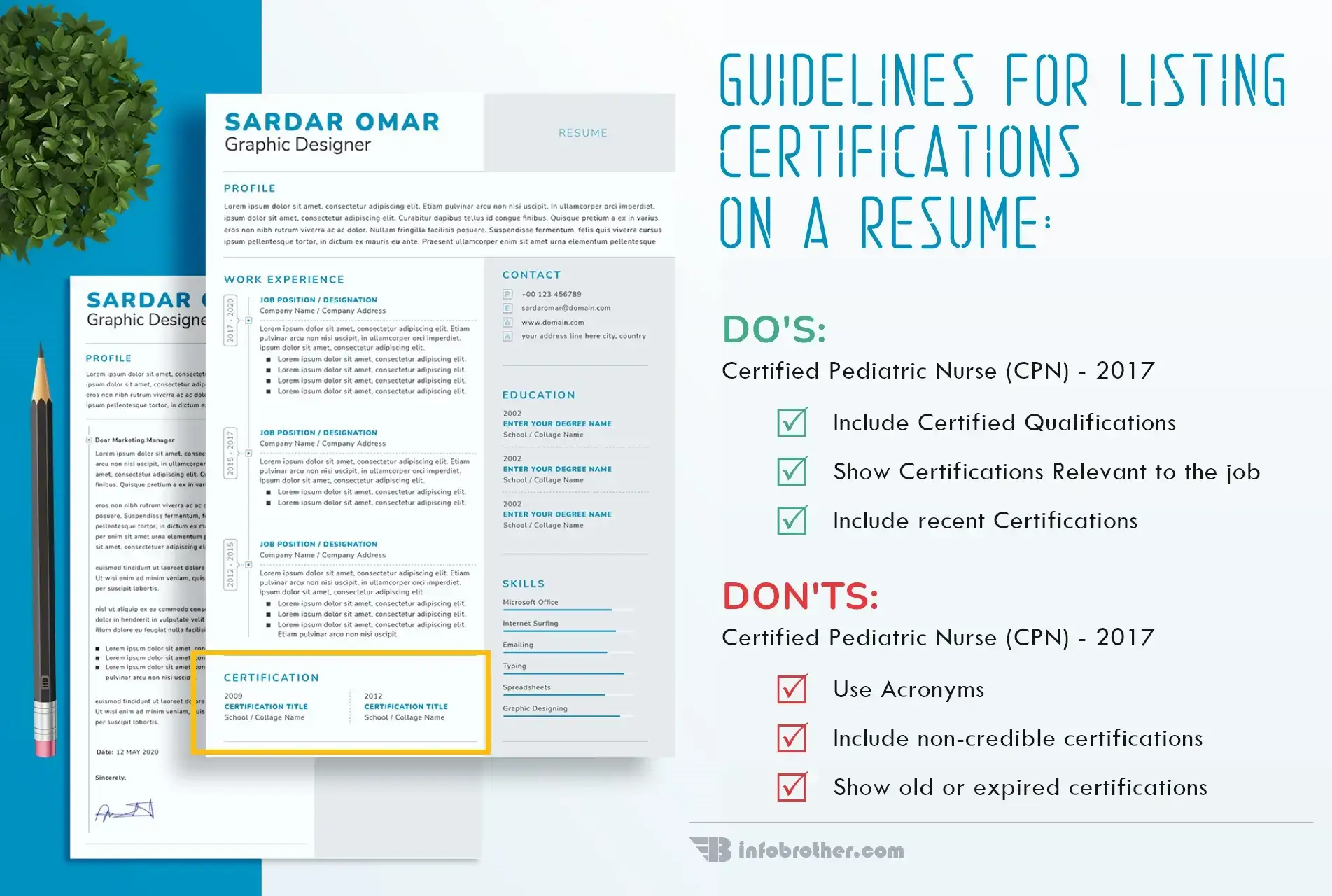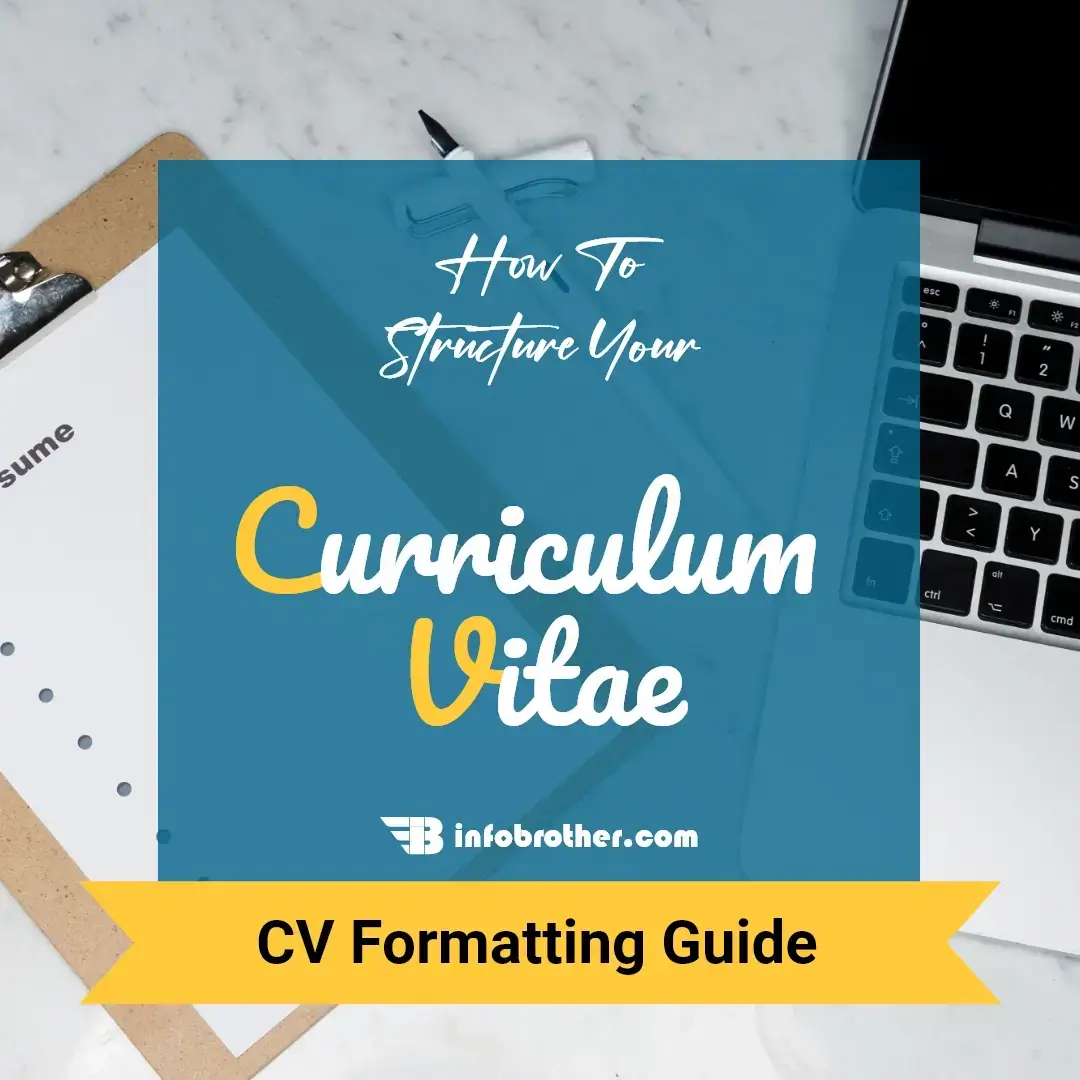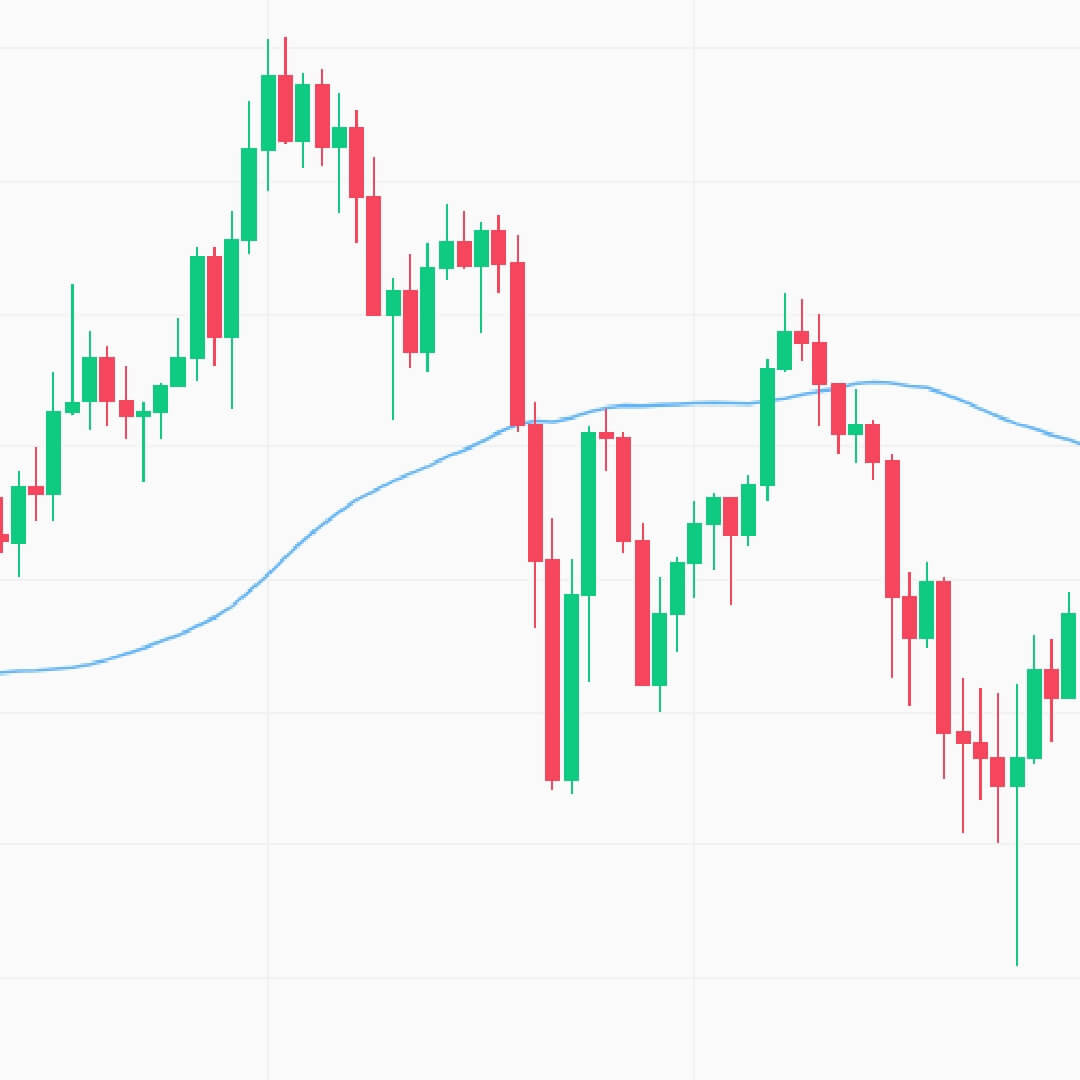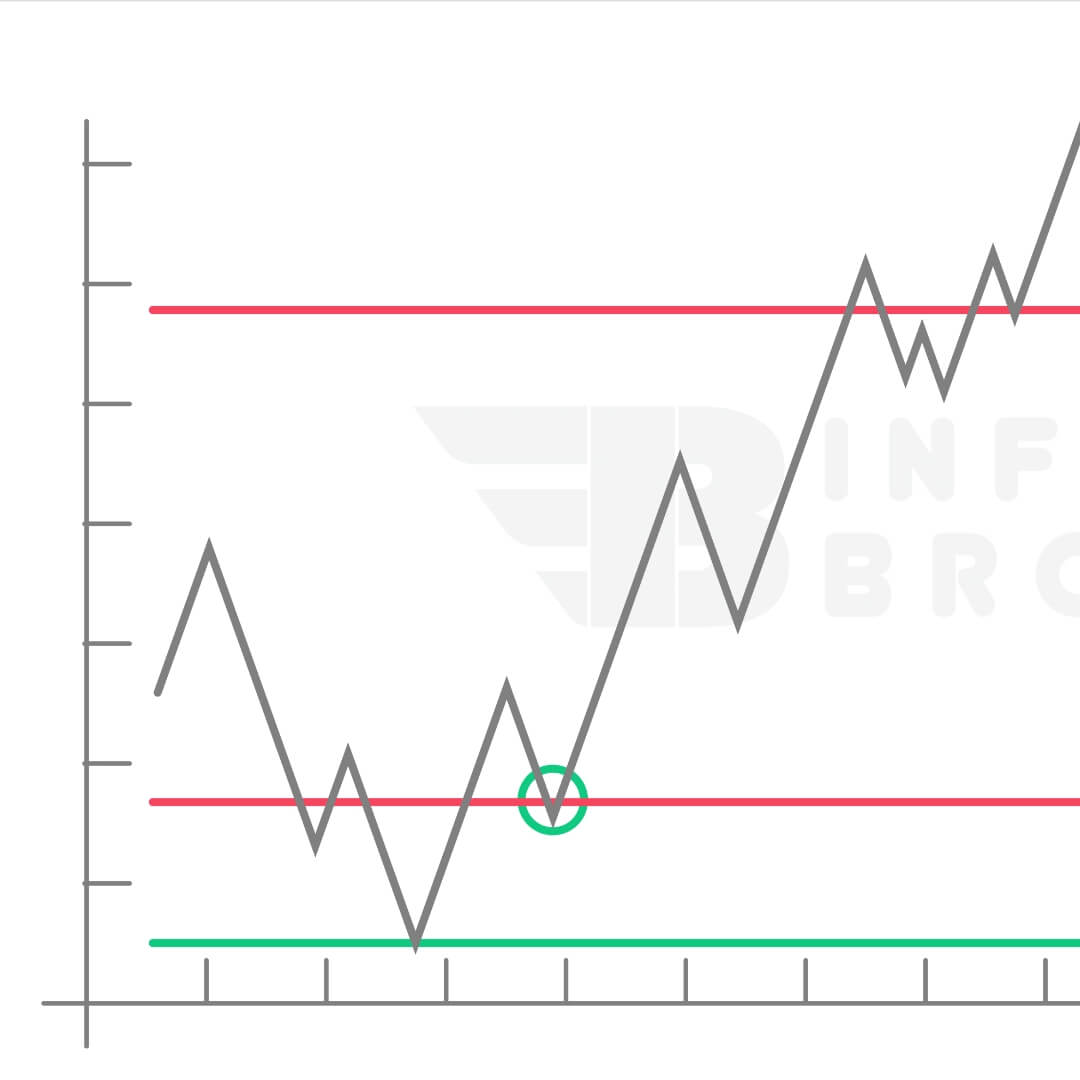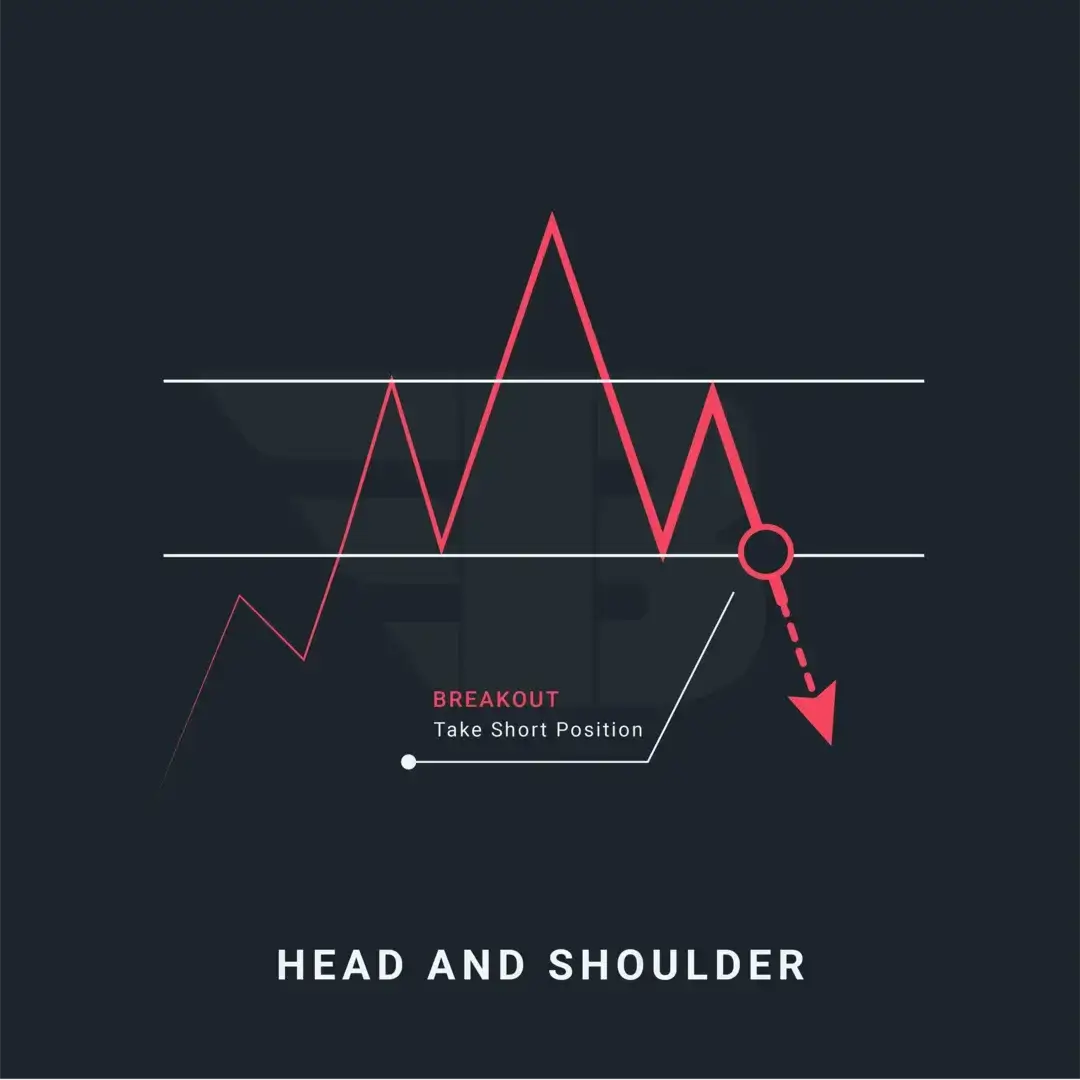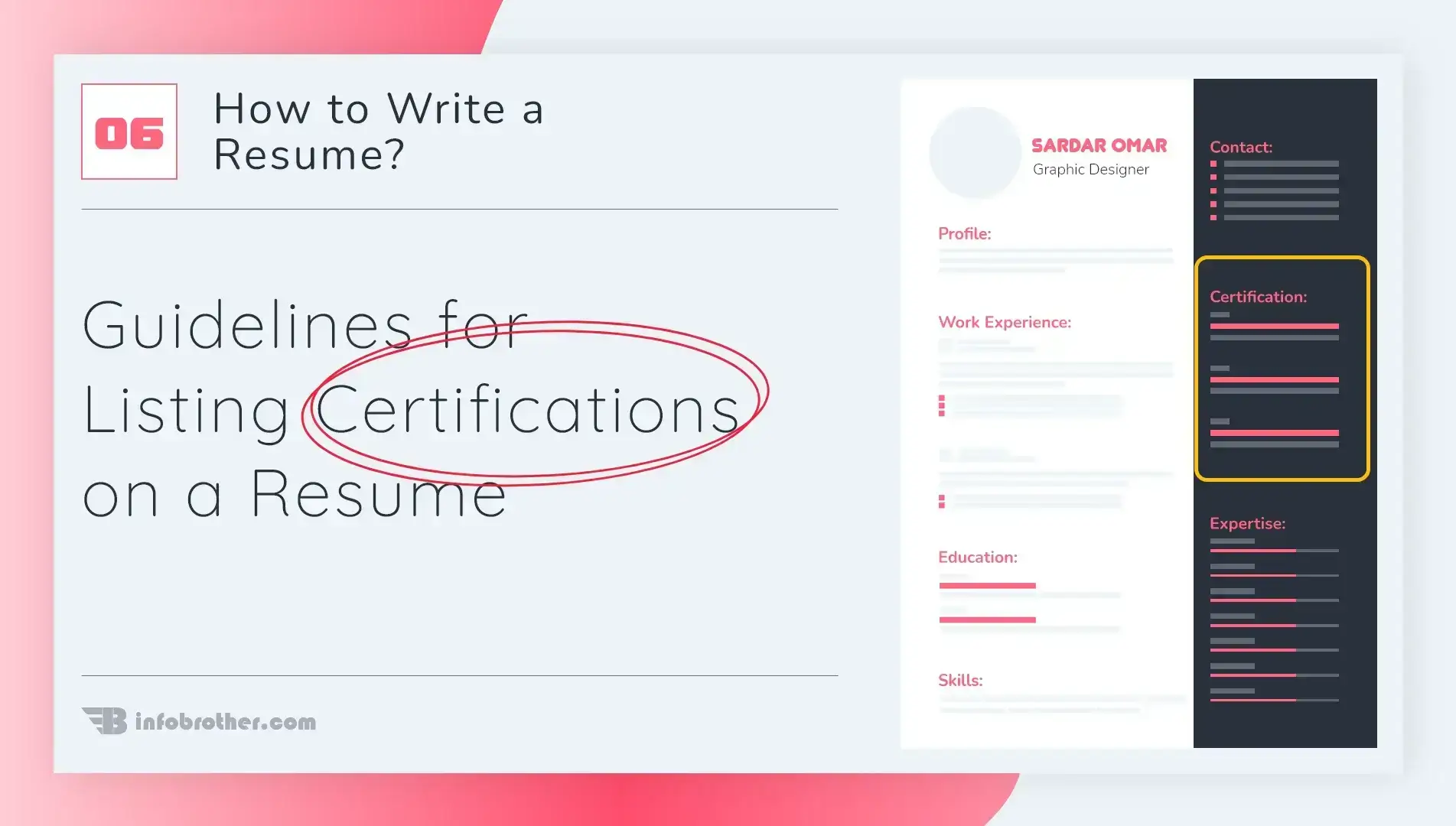
Listing Certifications on CV
Guidelines for Listing Certifications on a Resume: Best Practices
By obtaining a certification, you may show off your expertise and validate your specialized knowledge and abilities. Including your recently obtained credentials on your resume might help you stand out from the competition and attract the attention of potential employers. Knowing when and how to list your certifications on a resume will be necessary if you have obtained one or more.
In this post, we'll talk about certificates, show you how to put your qualifications on a resume, and look at some effective resumes that also include certificates.
A certification is a document provided by an authorized institution that demonstrates you have a specialized skill.
Earning such a certificate demonstrates your commitment to your profession and gives proof of your abilities. A professional certification is evidence that you are qualified to do a task by adding it to your CV. And in other cases, it's this proof itself that can tip the scales in your favour.
Even if the certification is not essential for the position, it may still help you stand out from the competition, attract attention to your application, and make you seem like a good hire.
Want a job-winning
Resume
Flat & Affordable Rates
Over 6,000 professionals have benefited from our expert CV writing service, which has helped them score more interviews and get employed faster.
Contact NowThe simplest and most popular option to integrate your certificates is to just create a new section for them. On your resume, first add a heading called "Certifications" and then add entries beneath it. Then list each certification in reverse chronological order under your chosen subheading. In other words, you begin with the most current certificate and work your way backward.
Include the following information for each resume certification entry:
- Name of Certification:
- Name of Certifying Agency or Body
- Dates of Obtainment
- Location (if the certification is location-specific)
- Expiration date (if relevant; obviously, don't put certificates on a CV that have passed their expiration date).
Here are some examples of how to correctly mention a certification that you presently possess on your resume:
May 2018
Human Resource Management (HRM)
Institute of Business Administration - Karachi
Quality Management System (QMS)
Chartered Quality Institute, Aug 2019
Project Management Professional (PMP)
Institute of Business Administration, Aug 2019
Renewal date: August 2021
Inventory Management and Warehousing - (In Progress)
Pakistan Institute of Management (Lahore)
Expected date of completion: May 2020
In addition, the following are some certification writing samples you should steer clear of.
1. HRM Certification
2. Quality Management Certificate Aug 2019
3. Project Manager Certificate 2002 - 2004
4. Board Certified in Inventory Management
In addition to the allocated part, you may also draw attention to your certifications in other prominent areas of your resume, such as:
- In the header of your resume
- During your summary or personal statement
- In your education section,
- In your employment history section, as a bullet point
Despite the fact that every resume is unique, there is a standard structure for listing certificates. To display your certificates effectively, you should take into account the following dos and don'ts:
Certified Pediatric Nurse (CPN) - 2017
- Include Certified Qualifications
- Show Certifications Relevant to the job
- Include recent Certifications
CPN, 2017
- Use Acronyms
- Include non-credible certifications
- Show old or expired certifications
You can still include certificates that are still in the works by adding the word "in process" to the description and providing the expected completion date.
Is your certification process underway? You must include the anticipated completion date. For instance, "Inventory Management and Warehousing (In Progress), Anticipated Completion 2018."
You may also mention a certification in your resume summary section if it is really important to your ability to perform the job. It's a good idea to provide both needed and recommended certifications in the resume summary or resume objective section.
To understand how to add your qualifications in the resume summary, let's look at an example.
You're already one step ahead if you only add one line! Simply use the title of the certification to begin or finish a sentence instead of editing your current summary.
Here are some recommended certifications to include in your Resume Summary:
- Certified Business Analysis Professional (CBAP)
- Certified Information Systems Security Professional (CISSP)
- Certified Information Security Manager (CISM)
- Certified Commercial Investment Member (CCIM)
- Certified Economic Developer (CED)
We advise making a separate section on your resume if you have more than two certificates. Listing all relevant certifications, whether mandatory, suggested, or optional, works best in a resume style with a dedicated section.
Most professionals must pay a fee, satisfy certain requirements, and pass an exam or assessment in order to become certified. Certification holders are typically viewed as having higher qualifications for competitive positions and typically enjoy a better reputation in their field because certifications are frequently demanding of both time and effort.
Professional certificates come in a variety of forms. Some well-known instances are as follows:
- A+ Certification (IT Certification)
- OSHA Certification (Multi-industry / Health & Safety)
- IOSH Certification (Multi-industry / Health & Safety)
- FEMA Certification (Multi-industry / Emergency Management)
- Language or ESL Certifications (General or Education)
- Project Management Professional (PMP) (Project Management)
- Public Notary (General)
- Six Sigma Belts (Business)
- ISSA Personal Trainer Certification (Personal Trainer)
- Safety and Chemical Engineering Education (SAChE) Certification (Chemical Engineer)
Let's review what we've learnt so far about including certificates in your resume:
- Adding a professional certification to your CV serves as evidence that you are qualified to do a certain task.
- Four areas on your CV should be filled up with certifications that are necessary for the position: 1. In the name of. 2. In your summary. 3. in the category of education. 4. In a section designated for certification.
- Do not add qualifications that are out-of-date, unimportant, or unattractive. Instead, always make your most prominent credentials apparent and attention-grabbing.

Sardar Omar
I did my hardest to present you with all of the information you need on this subject in a simple and understandable manner. However, if you have any difficulties understanding this concept or have any questions, please do not hesitate to ask. I'll try my best to meet your requirements.
Disclaimer:This material is provided purely for educational purpose and is not intended to provide financial advice.

